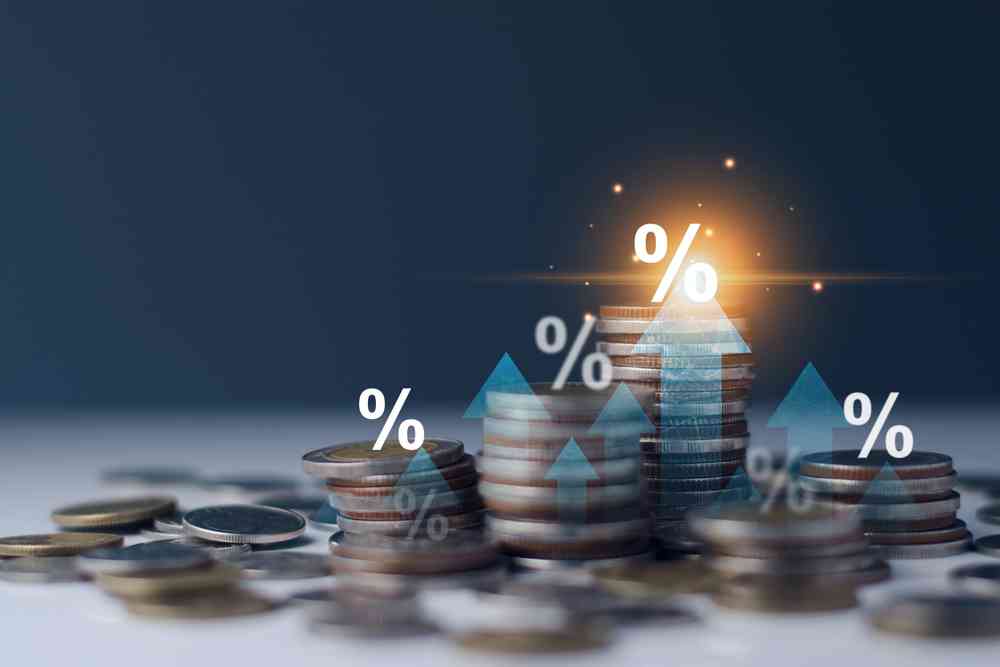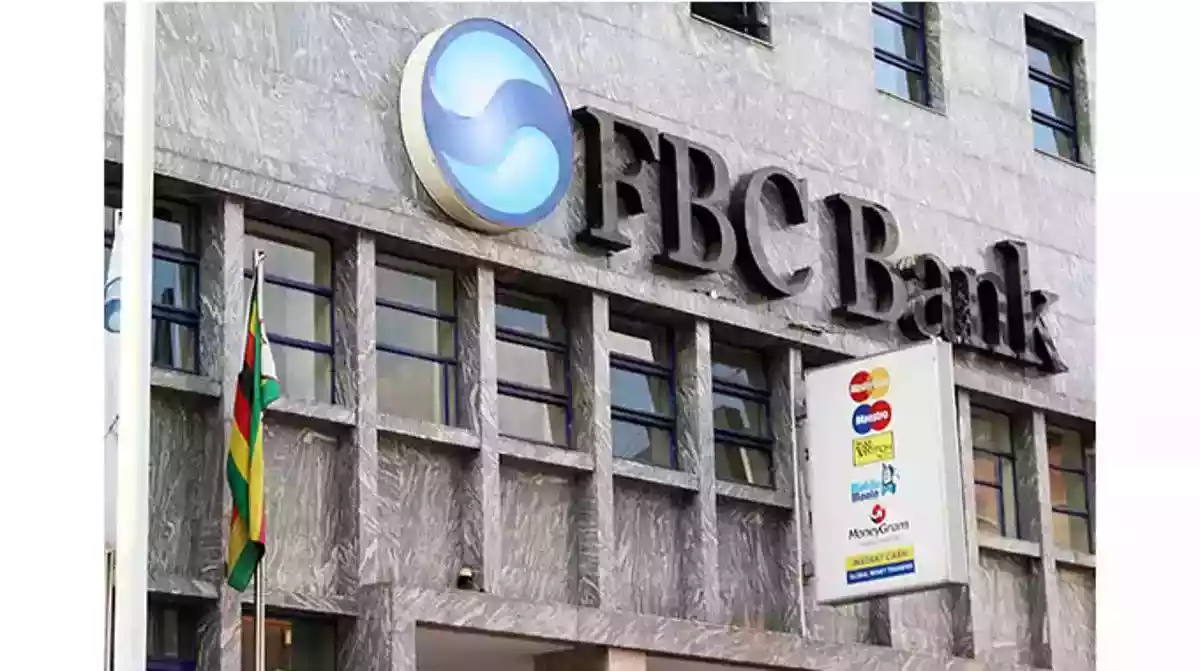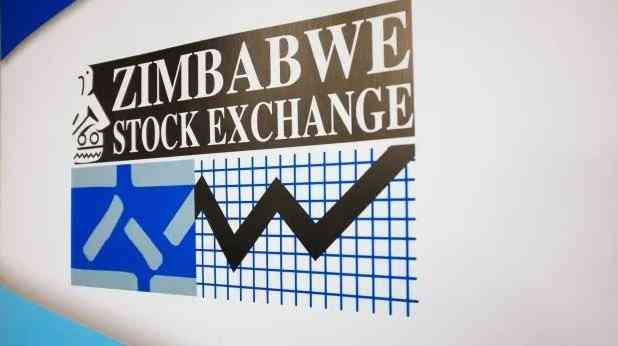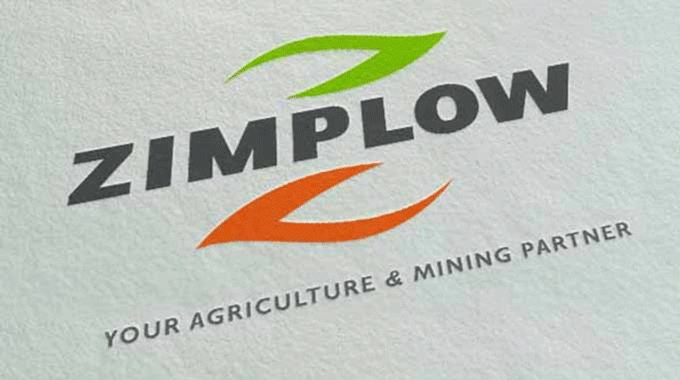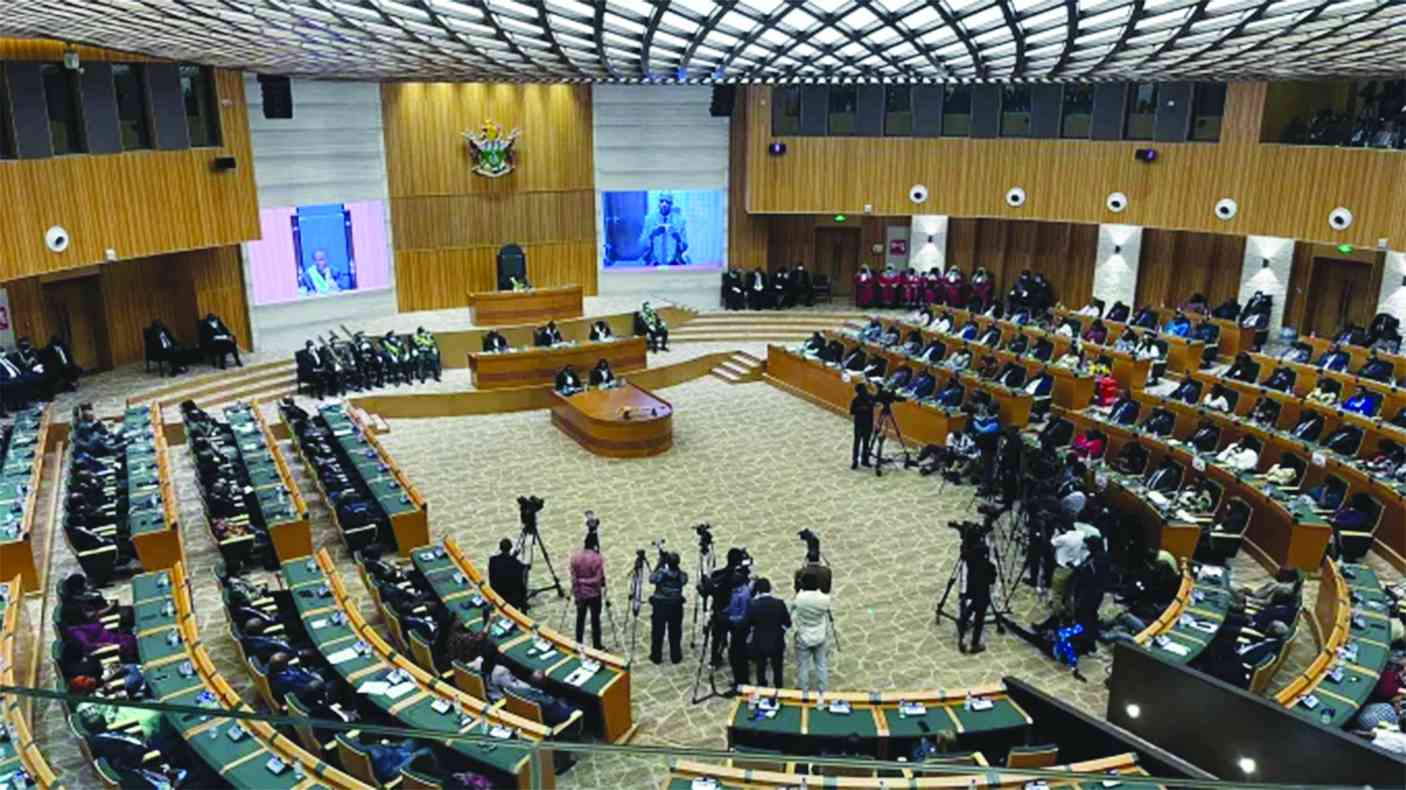
GENERALLY, countries borrow to smoothen their spending path as revenue collections exceed spending needs most of the time.
Borrowing can be either domestic through the use of government treasuries or foreign through contracting loans. The debt should be kept under sustainable levels so the borrower will not jeopardise their ability to repay the interest and principal amount when it falls due.
As such, efficient debt management allows additional future borrowing at a relatively lower cost because the credit risk will be minimal compared to a heavily indebted borrower.
Zimbabwe has failed to manage its public debt efficiently, resulting in a debt default during the early 2000s. from international financial institutions (IFIs), such as the World Bank and the African Development Bank (AfDB).
Yet, developiThe country can no longer easily access concessionary borrowingng countries depend on borrowing to meet their developmental goals due to constrained fiscal space and other factors, including financial repression, corruption, illicit financial flows, political instability, and weak institutions.
The limited access to cheap loans from IFIs is now forcing Zimbabwe to resort to collateralized loans that attract punitive interest rates and are often not transparently contracted and reported.
In August 2022, Zimbabweans were left in shock after the Treasury showed the grave extent of poor management of natural resources and continuous disregard of Parliament on the contraction of public debt.
The Minister of Finance and Economic Development, Professor Mthuli Ncube revealed that Zimbabwe had borrowed about US$200 million from China in October 2006 for farm mechanisation equipment.
- IFRS: Sustainability reporting standard
- Piggy’s Trading & Investing Tips: IFIs contribute to economic growth
- Swimming in debt: The bane of resource-backed loans in Zim
Keep Reading
Ironically, the loan was collateralised with mining rights to the 26 million ounces of platinum resources the government owns through the Zimbabwe Mining Development Corporation (ZMDC), a resource-backed loan (RBL).
To date, the loan is in arrears amounting to US$172 million. For starters, RBLs are loans given to a government where repayment is either made directly in natural resources or from a resource-related future income stream.
As alluded to earlier, fiscal authorities have now resorted to RBLs to augment their domestic sources of finance.
However, these RBLs are risky as a payment default may lead foreign creditors to take over a country’s assets; one high-profile example is Sri Lanka, which had to hand over a strategic port to Beijing in 2017 after it could not pay off its debt to the Chinese companies.
Also, an asset collateralising an RBL is usually mortgaged way below its market value. For instance, at the average global price of about US$900 per ounce of platinum, the 26 million ounces used as collateral for a US$200 million Chinese loan are equivalent to a whooping US$23,4 billion, an amount that is adequate to repay all of Zimbabwe’s external debts.
External debt is estimated at around US$12,8 billion as of December 2022.
The Treasury revelations should be of grave concern to all citizens trapped in a vicious circle of poverty as borrowed loans benefit only politically connected elites.
Those who received farm equipment under the farm mechanisation scheme did not repay the government. The then Reserve Bank of Zimbabwe (RBZ) Governor Gideon Gono is on record saying it was not a loan scheme and beneficiaries were not required to pay for the equipment they received.
In other words, these were freebies for the privileged, yet over 50% of the population is wallowing in abject poverty.
Cognisant of the disclosures around a 2006 Chinese loan, a significant portion of Zimbabwe's mineral deposits is likely under the control of opaque creditors.
This helps explain the increased rate of unsustainable resource extraction experienced over the last decade, which has left mining host communities without anything to show besides a degraded environment, forced displacements, and polluted air and water sources.
Apart from mortgaging minerals, the government sustains illicit financial flows like the smuggling of precious minerals such as diamonds and gold by maintaining weak security systems at ports of entry and exit.
The official estimates show that Zimbabwe is losing at least US$1,2 billion annually through gold smuggling alone.
Regardless of its mineral wealth, Zimbabwe continues to experience economic decay, rising poverty, low investor confidence, and burgeoning external debt.
The country’s external debt is officially US$12.8 billion as of December 2022. However, it is not easy to trust these official statistics, which seem too conservative.
This is because Zimbabwe has yet to undertake an independent debt audit to ascertain the exact quantum of legitimate debt stock. The 2022 Parliamentary revelations show that for 16 years, the general public was unaware of a Chinese loan backed by significant platinum resources.
As a result of this display of lack of transparency in loan contraction and debt management, there likely exists some huge external debts that are not disclosed or are underreported.
Unsustainable debt exerts dire impacts on the overall performance of the economy. Granular analysis shows that Zimbabwe has one of the lowest debt-to-reserve ratios in the region.
This is a crucial ratio as it shows how many dollars a country has in reserves for every dollar of debt owed to external creditors and its flexibility to react to adverse or unforeseen contingencies.
The danger with this is that Zimbabwe’s reserves are lowest when the world is experiencing a seismic shift in climatic conditions.
Natural disasters like droughts, floods, and cyclones are becoming more frequent and taking a massive toll on the Global South (developing nations). The ballooning public debt constrains public investments in the green economy.
The African Development Bank (AfDB) indicated that debt distress affects the private sector, particularly exporters. Zimbabwean exporting firms face difficulty accessing lines of credit as correspondent foreign banks hesitate to provide help due to Zimbabwe’s high-risk profile posed by debt distress and unstable politics.
Furthermore, the unsustainable debt constrains the countercyclical effects of fiscal policies. It affects capital accumulation via heightened long-term interest, higher distortionary tax rates, and chronic inflation.
Besides RBLs, public debt is also being driven by debt guarantees. The government sometimes guarantees private-sector loans, which it repays after beneficiaries default.
The understanding by borrowers that the Treasury would assume their debts had created a moral hazard where many are defaulting as the State will help them to repay.
Also, fiscal indiscipline (condonations) fuels public debt. Over the years, the Treasury has been spending unsustainably, spending more than it budgeted, leading to widening budget deficits.
At the end of the fiscal year, the Treasury would seek condonation from Parliament, which it quickly got because of the whipping system used by Parliament.
Given the negative impacts of high indebtedness on the economy and citizens, there are various alternatives authorities can implement to help keep debt under check.
These can include transparency in borrowing to ensure public scrutiny; independent public debt audit, which will inform the full scale and nature of the country’s debts, which are often not transparently publicized.
They can also include revamping general debt management systems to ensure that the government’s financing needs and payment obligations are met at the lowest possible cost and consistent with a prudent degree of risk.
The government must borrow not for current consumption but mainly for future consumption, that is, investing in sustainable projects, which generate enough cashflows to repay the borrowed funds. The Parliament of Zimbabwe must urgently pass a law prohibiting the use of natural resources for loan purposes.
- Sibanda is an economic analyst and researcher. He writes in his personal capacity. — brasibanda@gmail.com or Twitter: @bravon96

